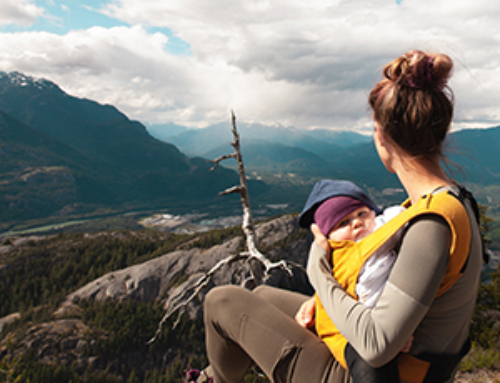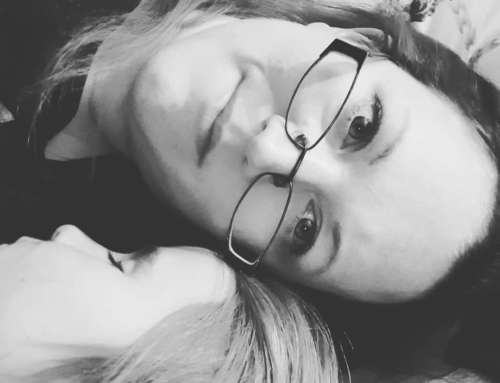Many people like to talk about the issue of “self-soothing”, especially when it comes to younger children. You can read a ton of books by doctors and self-proclaimed experts who will tell you that it’s paramount you teach your child these self-soothing skills or else you’ll end up with an entitled brat who can’t handle life.
They aren’t necessarily wrong in terms of the importance of learning self-soothing, or as I prefer to call it, emotion regulation, but they are wrong in terms of how they frame outcomes – kids aren’t just entitled brats, but often then struggle with things like depression, anxiety, and other internalizing and externalizing behaviours later on – and especially in terms of how they suggest you teach these skills. If you have read anything by these individuals, you know they promote the idea that children need to be left in distress in order to build these skills. They have a very strong “sink or swim” mentality when it comes to emotion regulation.
The question becomes “is this valid”? And the very clear answer is “not at all”. Let me be entirely clear: There is nothing in our understanding of the development of emotion regulation that suggests leaving children in distressing situations actually results in any improvement or development of emotional regulation skills. Many people have assumed this because a child will eventually stop crying and this cessation of crying is assumed to reflect some form of self-soothing. But as we all know, to assume is to make an ass of you and me.
So what does happen and how can we help with the development of these skills? First, what does seem to happen when we leave our kids is that they simply tired out from crying. The amount of stress they experience will vary widely and we really don’t have a good answer about how stressful those experiences are for them. In some cases, we could argue they are highly traumatic, but in others, not so. The problem with blanket statements is that it ignores how much our responses to experiences are influenced by other factors in our lives, such as developmental timing, personality or temperament, support systems in place, and so on.
Now, to develop these skills, the most important thing we can do is actually the opposite of leaving them: it’s co-regulation. Co-regulation refers to our acting as the regulator for our children. When they cry, we pick them up and comfort them. Although it may seem that this is doing the work for them and thus they aren’t learning anything, in fact, we know that this co-regulation seems to offer a lot of input to the developing brain and system to help learn how to regulate. Part of this comes from something called ‘synchrony’ in which us and our children generally have a positive synchronous relationship. When our children are upset, we tend to follow suit, and when we get upset, they tend to follow us there as well. This doesn’t just happen behaviourally, but at a physiological level as well.
When faced with a child that is deeply upset, our ability to stay calm and comfort them actually helps reduce or eliminate their physiological reaction to stress. By being there, we are implicitly teaching the child ways to cope with this stress and these hard situations. You can also think about how as adults we often need support to calm down when we are experiencing great stress, we use other people to calm ourselves. Our children, with limited skills in this regard, are learning all about these skills through us.
So the next time you’re faced with an upset baby, toddler, child, teen, or adult, please know that it’s okay to offer comfort. That very act may be exactly what these people need to help them grow their self-soothing skill set just a little bit more.






Leave A Comment